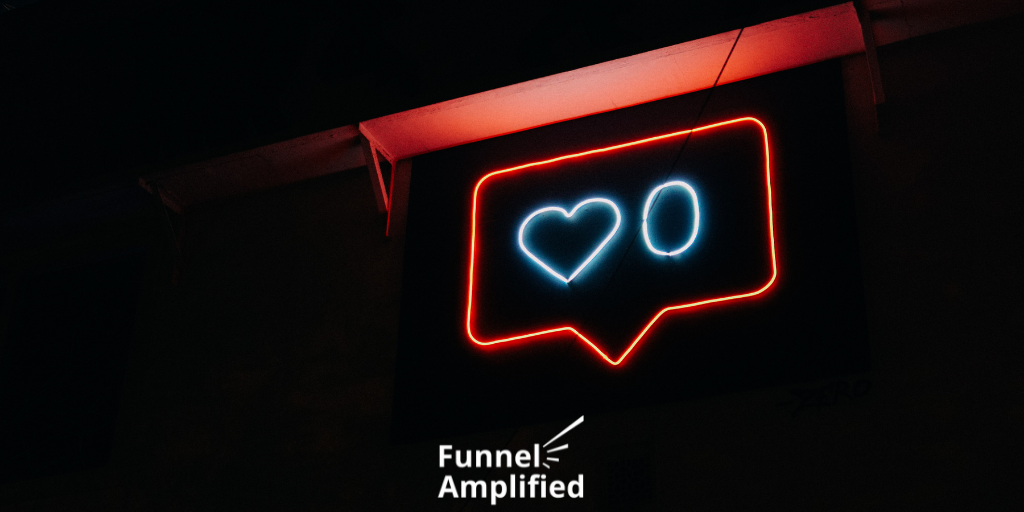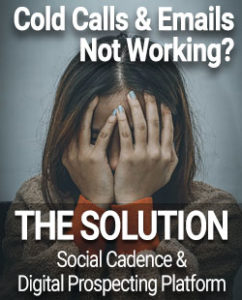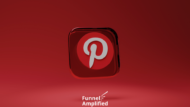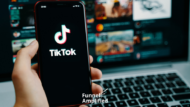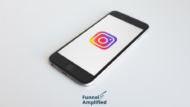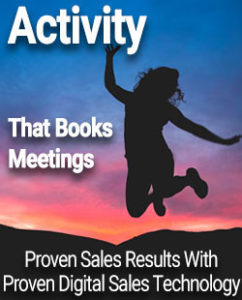Instagram is like an interactive billboard for your business. Like a billboard, it needs traffic to get views. Without the traffic, even the most beautiful of billboards is useless. One of the great benefits of social media has always been that you can generate that traffic for free. However, in an online world where space in social media feeds becomes ever more crowded and ever more valuable, getting cars to drive by your Instagram billboard is harder than ever.
Last month, Facebook made getting reach a bit more difficult.
If you’re in the marketing space, no doubt you’ve heard grumblings the past few weeks of a decline in organic reach of social media posts to Facebook and Instagram. As happens periodically, Facebook needs to adjust its algorithm on Facebook and Instagram to free up space in the feed. Facebook alone processes 2.5 billion pieces of content per day. So, they have to make periodic changes, and when they do, it almost always means reduced reach for Businesses Pages and Instagram Business Accounts. That is what happened in mid-September.
Facebook And Instagram Algorithm Changes
While it generally takes several months and looking at data across many accounts to get a great insight as to what specific changes have occurred in Facebook’s infamous algorithm, it does not appear that any major changes did occur. In the past, we’ve seen Facebook give a big boost to particular types of content, or drastically reduce the amount of certain content in feeds. But, so far, that does not seem the case.
Basically, it looks like Facebook “cleaned up” the feed to allow for more individual user content to be seen in the Facebook feed, while making no other major change to the feed, for now. The same is true for what they did with Instagram, but with a major exception of the change to hashtags, which we will address in a bit.
What The Algorithm Change Means For Your Business
It is time for a hard truth: You just have to deal with it! We’ve heard the phrase, “the new normal” tossed around a lot the last year and a half. Each time Facebook makes some changes, it is the new normal. In almost any change they make, organic reach per post will drop. This is in part to free up space in the feeds, and of course to push businesses towards paying for paid reach. When these changes happen, you’ll likely see a small drop in reach, and you can build back up from there.
When Facebook reduces the reach of organic posts for businesses, it is not a time to despair and complain. Instead, it is a time to double-down on your focus on creating valuable content and to increase time spent engaging in meaningful ways.
Focus On Valuable Content
Great buzz phrase, right? It is not as if anyone was focused on creating content that has no value. You likely put great importance on valuable content. However, the change that needs to happen in times when reach might be reduced, is to focus specifically on the content that your specific audience has been deeming most valuable, and increasing that.
If your audience responds great, my liking, commenting and sharing, funny posts, double-down on humorous posts. If you have an analytical type audience that loves data and factoids, share more of those. Whatever your audience has been demonstrating that they value the most, give them more of that. That will offset the loss of organic reach, but also it will demonstrate to Facebook, as their new algorithm learns and adapts, that Facebook users want to see more of your content.
Engage In Meaningful Ways
Let’s go back to our billboard analogy from the start of this article. Where that analogy falls short is that, unlike billboards, you and your business can interact. Even more, you can proactively interact. You don’t have to wait for a car to drive by your billboard; you can approach the car.
When your organic reach is down, engage more with your current audience and get proactive and engage with your target audience. This might look like taking a few extra minutes in the day to interact with other users and businesses content. It could involve sending a few more personalized direct messages. Or, it can even be as simple as liking a few extra posts per day to show support for other people’s content. Yes, it might take a bit more of your time, but you’ll find that being more engaging won’t just lead to more views of your content, but it will build relationships.
Instagram Hashtag Changes
Remember above when we mentioned Facebook made some changes to Instagram Hashtags? In a rare move for Facebook, they actually leaked how hashtags work. Facebook almost never gives any information on any changes, nor even admits that changes have occurred. But, they dropped a big nugget of information on the changes with Hashtags.
Instagram Hashtags had a glory day. Back in the day, a few years ago, hashtags were massively important to getting reach for your posts and to discoverability. The importance of hashtags diminished in recent years and was actually surpassed by Location as being more important. That said, hashtags still play a significant role in your content not only being served to your existing audience but in the discoverability and searchability of your content.
It actually appears the most recent changes to hashtags happened earlier in the year, but it wasn’t fully noticed or understood until the recent information shared by Facebook. Most of what Facebook shares is the basic information you all already know about hashtags, but they shared two things that should change how you use hashtags.
How Many Hashtags Per Post
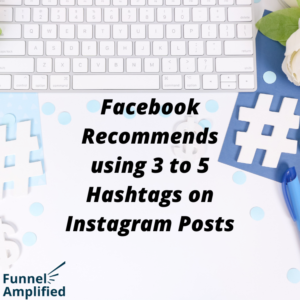 Facebook said that 3 to 5 hashtags are recommended for Instagram posts. When it comes straight from the horse’s mouth, use that information. Facebook seems to be indicating that when more than 5 hashtags are used on Instagram, their algorithm has a hard time figuring out what to do with the content, and is likely to leave the content out of search entirely. Also, aesthetically, Facebook has caught on to the fact that when users see 20+ hashtags in an Instagram post, it just looks spammy and users pass the content by.
Facebook said that 3 to 5 hashtags are recommended for Instagram posts. When it comes straight from the horse’s mouth, use that information. Facebook seems to be indicating that when more than 5 hashtags are used on Instagram, their algorithm has a hard time figuring out what to do with the content, and is likely to leave the content out of search entirely. Also, aesthetically, Facebook has caught on to the fact that when users see 20+ hashtags in an Instagram post, it just looks spammy and users pass the content by.
How many hashtags to use in an Instagram post has been debated since the introduction of hashtags. Facebook has never given any insight on the matter, until now. They are saying to use 3 to 5 hashtags per Instagram Post. Use 3 to 5.
Which Hashtags To Use
Facebook has placed more importance on its Explore and Search functions within Instagram. Basically, they’ve been trying to find ways for users to be more easily able to discover new content they’d like without changing the overall user experience that makes Instagram so popular. They have indicated that hashtags now play a role in that.
Facebook recommended to, “Use hashtags that are relevant to your content.” Notice, they did not say to use hashtags that are relevant to your business, or to your target audience. They specifically say hashtags relative to the content. What Facebook is telling you is that you should use hashtags that are relevant to that specific image or video.
Hashtag Example
As an example, most of our content is about marketing or sales. Let’s say we post a photo of a puppy on Instagram, but our caption is about sales and marketing. What Facebook is saying is that if the image is of one thing, but all the hashtags are related to something else, their system will struggle to categorize it, and will be likely to leave it out of any search. However, if we include a few hashtags about the image itself, like “#cutepuppy,” and include just one or two hashtags related to the text or the target audience, Instagram will know how to categorize it.
You might be thinking, ‘but if using the above example, I use the hashtags related to the image only, Instagram won’t know what industry I am in or who my target audience is.” Yes, they do. They know. If you’re at all anywhere near the mark with your branding and content, they know. However, this new information should cause you to think about ways to work even more in synch with how Facebook is handling hashtags. Try to have most of your content on point. In our example, an occasional cute puppy image may be good, but we’d want most of our images to represent some type of business, sales, or marketing imagery and accompany it with complementing hashtags.
Facebook Hashtags?
Worth noting, hashtags still have a limited role on Facebook. Hashtags do not function on Facebook as they do on Instagram. They play a limited role in discoverability on Facebook, and in most cases will not lead to an increase in reach. The information and strategy above are specifically only for Instagram.
Putting It All Together
Occasionally, your reach on Facebook and Instagram will decrease at no fault of your own. Facebook makes changes. When this happens, focus on the quality of your content and prioritize engaging and relationship building. Developing relationships with engaged followers that you provide consistent value to will always overpower any algorithm change.
Speaking of relationship-building, if you’re looking for guidance on being a more social organization, check out, “What Does a Social Organization Look Like?”

Thanks for reading. I typically write about modern selling, virtual selling, prospecting, sales reps reputation and how content helps all of these with modern buyers. My primary audience includes CEOs, CROs, CMOs, and other executives responsible for increasing bottom line. Post your questions in the comments section below and let’s discuss this!

